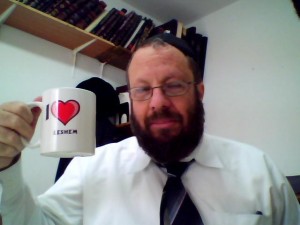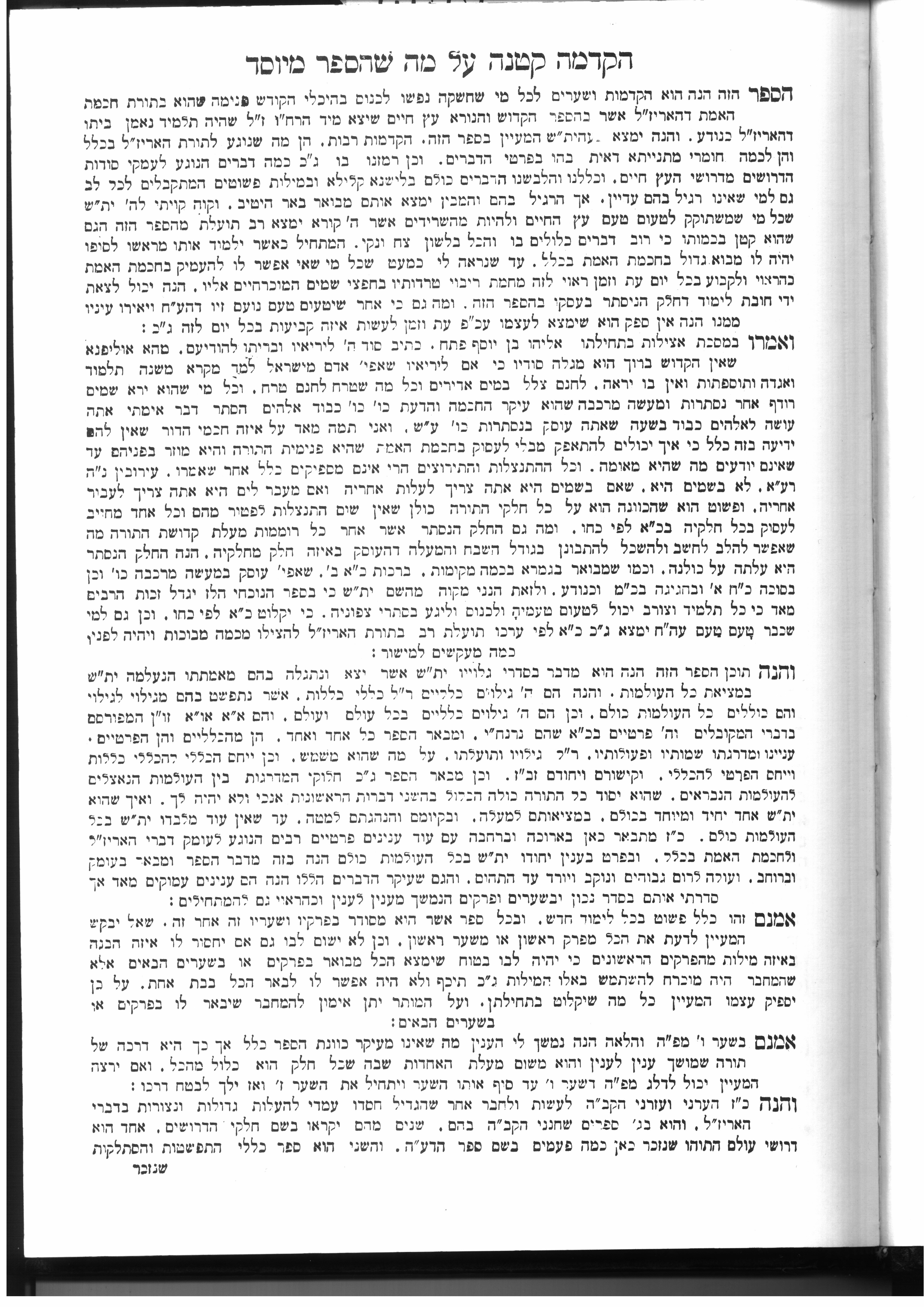Purpose of Creation
In these shiurim Rabbi Triebitz and the hashkafa circle will be examining the last section of Moreh Nevuchim (Guide for the Perplexed) in which Rambam explains the reasons for the mitzvot. These shiurim will cover the majority of section III in the Guide (iy”H).
As Rabbi Triebitz says, this part of Moreh Nevuchim is one of the least studied and most controversial sections, which is really only known to most people because parts of it are quoted by Ramban in Chumash (who argues with Maimonides).
Rambam begins section III; chapter 25 with an attack on the philosophy of the Ashariah which is an early part of the Islamic Kalam philosophy. They claim that one cannot ask “What is the purpose of creation?” Divine Will is ineffable, and cannot be questioned or understood.
Rambam takes issue with this, and explains that it is based on their lack of knowledge of science and philosophy.
However, as Rabbi Triebitz points out, Rambam himself, in Section III; chapter 13 says that one may not ask the purpose of creation!
Luckily, Rabbi Triebitz finds a resolution to this apparent contradiction.
You can watch and download the shiurim below. Please send any comments, thoughts, ideas or criticisms to admin at hashkafacircle.com
[flv:/mnt/mnt_01.flv 240 180]
Video of shiur 01
Click here to download the shiur as an flv file
Taamei HaMitzvos 01
(you may have to right click on the link and click ‘save target as’)
Click here to download the shiur in audio mp3 format
Taamei HaMitzvos 01

